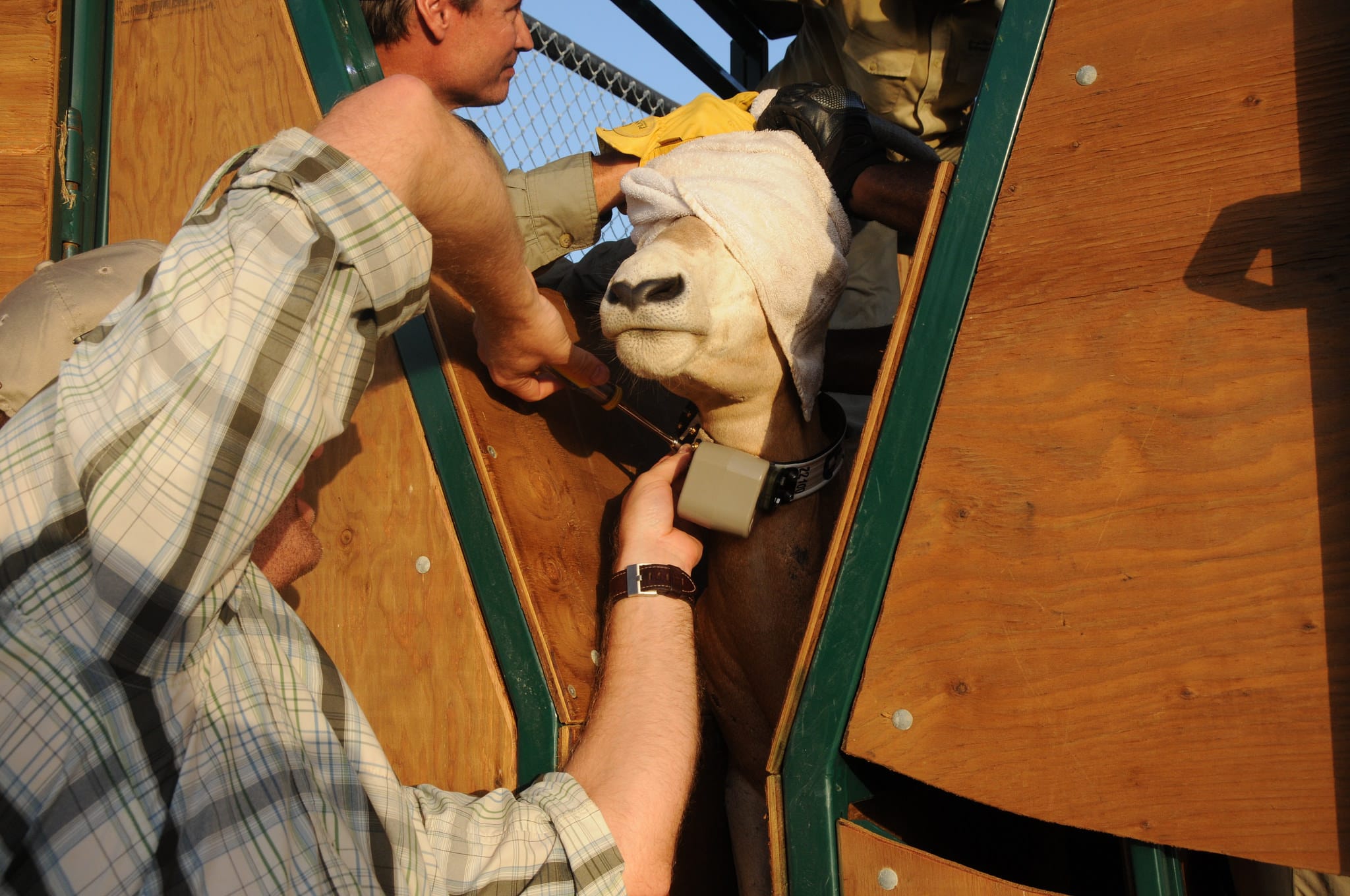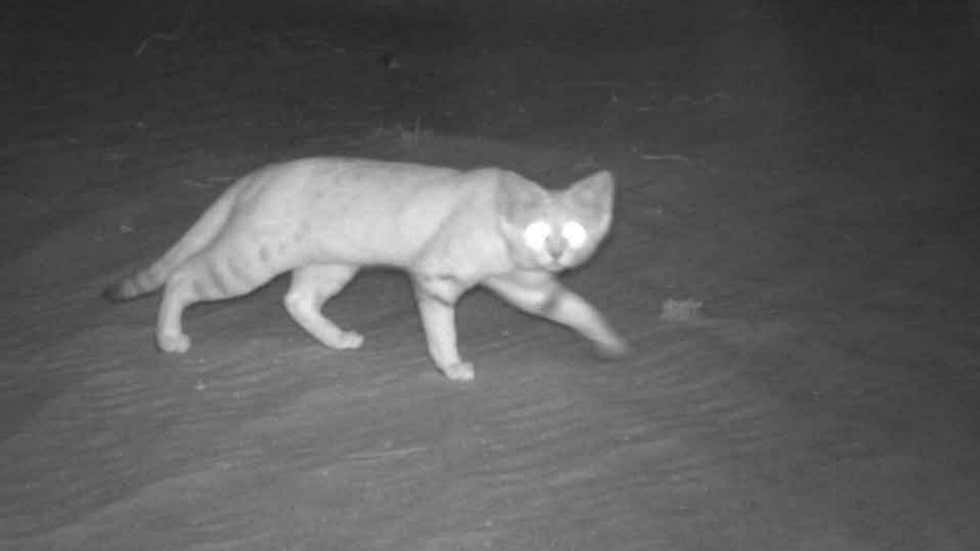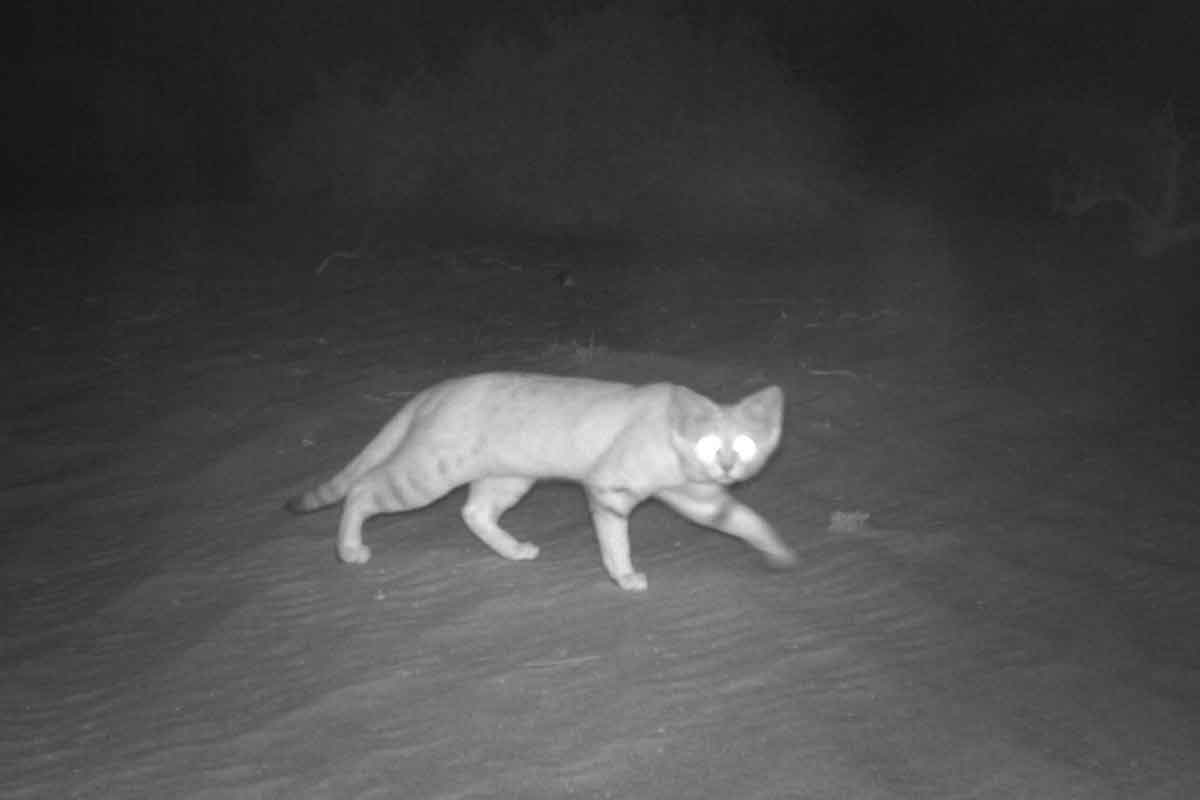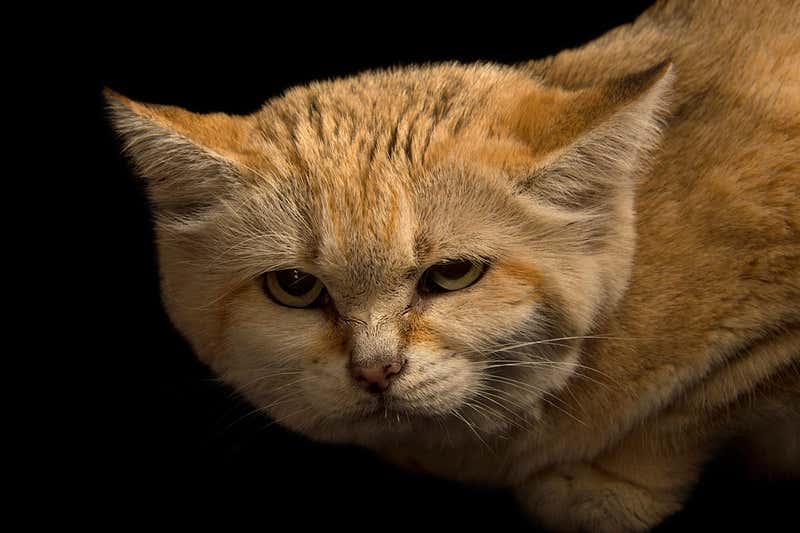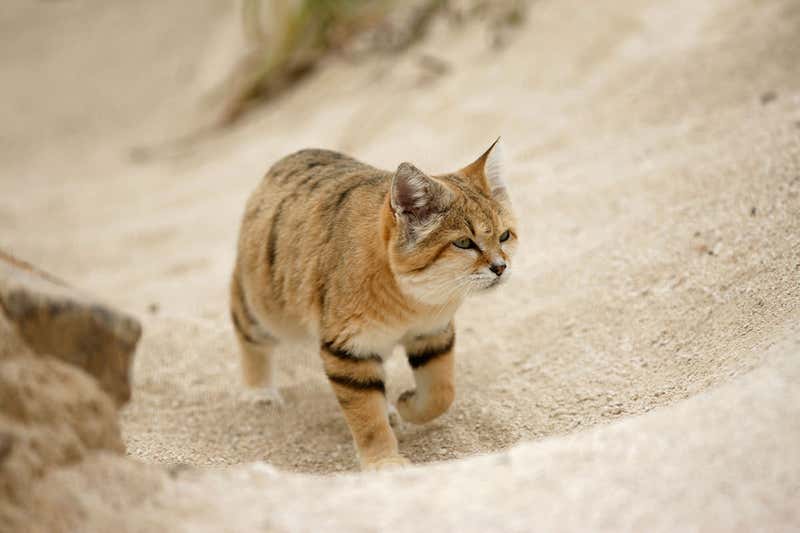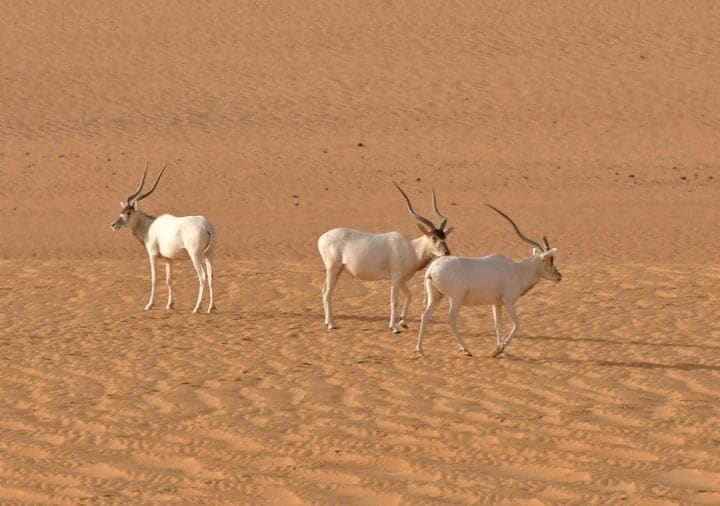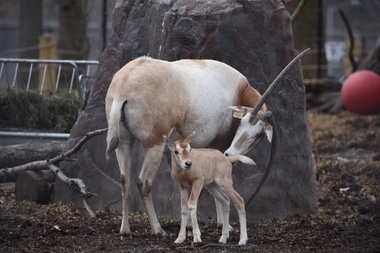Thirty years after the scimitar-horned oyrx were driven to extinction, the desert antelope will return to the last-known place it existed: Chad’s Sahelian grasslands. The reintroduction—the culmination of decades of work—is being led by the Environment Agency-Abu Dhabi (EAD), the government of Chad and their implementing partner, the Sahara Conservation Fund. (…)
Archive for the
‘Media Coverage’
The extremely elusive Arabian sand cat has been photographed in the wild for the first time in a decade. The nocturnal predator that is also known as the dune cat is rarely seen during the day in its natural desert habitat.
The extremely elusive Arabian sand cat has been photographed in the wild for the first time in a decade. The nocturnal predator that is also known as the dune cat is rarely seen during the day in its natural desert habitat. (…)
For the first time, researchers in the United Arab Emirates have managed to snap photos of three different Arabian sand cats (Felis margarita harrisoni) in the wild – a subspecies of sand cat that’s so elusive, scientists barely know anything about it. (…)
Blink and you’ll miss it. The sand cat is a shy and secretive animal only seen in the desert at night. It’s a nocturnal hunter perfectly adapted to its desert home. It doesn’t need to drink water as it can get all it needs from the small birds, reptiles and mammals that are its prey. (…)
n Arabian sand cat (Felis margarita harrisoni) in the United Arab Emirates (UAE) has been seen for the first time in 10 years, according to New Scientist. The rare, secretive creature and expert nocturnal hunter is listed as “near threatened” on the International Union for Conservation of Nature’s “red list” of threatened species. (…)
August 5, 2016. There are only three Saharan addaxes — corkscrew-horned antelope native to the sandy deserts of eastern Niger and western Chad — left in the wild.
What will zoos look like in the future? That’s a question several experts have tackled on Animalia during the past week. We’ve heard from a zoo director, an American zoo designer, an Australian zoo designer, a neuroscientist and a sociologist. The final submission comes from Steve Monfort, a veterinarian who is director of the Smithsonian Conservation Biology Institute in Front Royal, Va. (…)
An antelope that’s extinct in the wild was born at the Staten Island Zoo — an event officials say could help its species return to its North African homeland. The male Scimitar-Horned Oryx named Felipe was born on March 12. (…)
Extinction could be days or weeks away for the stately addax, a highly adapted Saharan creature that has fallen victim to a desert storm of conservation threats. Not only has this critically endangered antelope suffered massive disturbance from oil installations in its last haunts in the Niger desert, it has also fallen victim to illegal poaching. (…)

